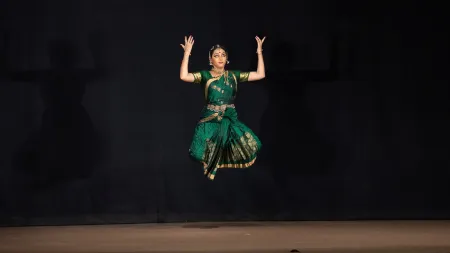- India
- International
How the next generation is reviving the age-old craft of weaving wool
Organised by Khamir, a platform for the crafts, heritage and cultural ecology of the Kutch region of Gujarat, the four-day exhibition unfurls the traditional craft infused with contemporary designs made by artisans ranging from the age group of 18-60.
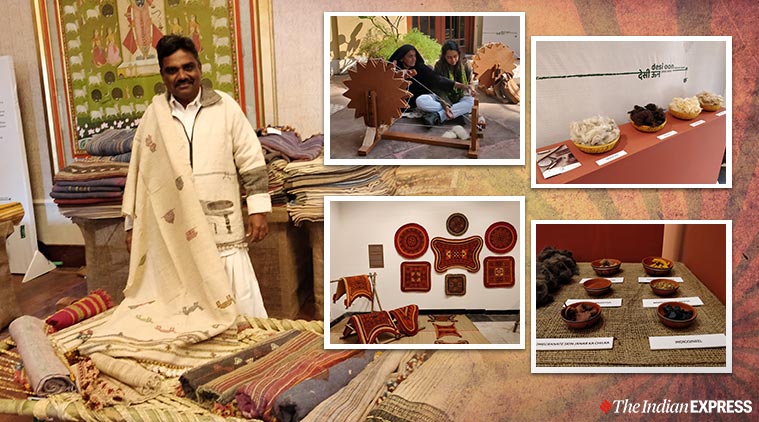 (In pic): Vankar Murji Hamir, 47, was deeply inspired by his father, who often said that they should consider themselves fortunate to be from a community that makes fabric to cover the human race.
(In pic): Vankar Murji Hamir, 47, was deeply inspired by his father, who often said that they should consider themselves fortunate to be from a community that makes fabric to cover the human race.
When we think about handlooms and handicrafts of India, it’s usually experienced craftsmen that come to mind. However, at Bikaner House, New Delhi recently, it was both young and accomplished artisans who came together to showcase products made from the indigenous wool of Kutch.
Organised by Khamir, a platform for the crafts, heritage and cultural ecology of the Kutch region of Gujarat, the four-day exhibition unfurls the traditional craft infused with contemporary designs made by artisans ranging from the age group of 18-60.
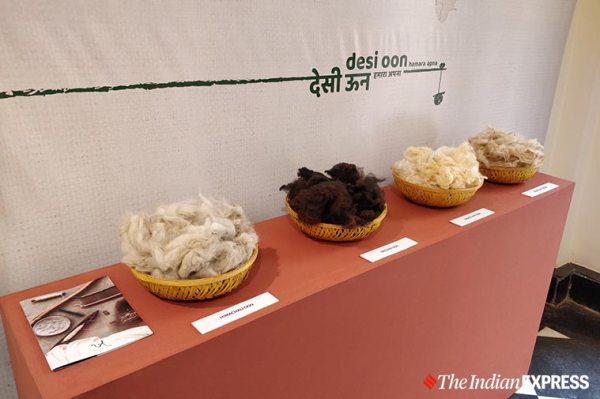 Organised by Khamir, the exhibition unfurls the traditional craft infused with contemporary designs. (Express photo)
Organised by Khamir, the exhibition unfurls the traditional craft infused with contemporary designs. (Express photo)
Siju Prakash Naranbhai from Bhujodi shares how he is the 11th generation of his family to be involved in weaving. However, this was not his first choice. “I wanted to do something in the information technology field and take up a job. However, when I got involved with weaving, I was interested,” the 29-year-old told the indianexpress.com.
Explaining what drew him to this field, he says, “It feels good to not be employed under someone else. Moreover, with the involvement of NGOs with weavers, a constant demand for woven goods has been created.”
Siju Prakash is not the first from his village to pick weaving over regular employment. Dinesh Vankar, 32, too decided to become a weaver as he felt the craft came naturally to him. “I knew the work as my fathers and forefathers were actively involved in it,” he tells indianexpress.com. Dinesh, along with his four batchmates from The Handloom School, Mysore started Kalori, which designs and creates various woven products such as curtains, bags, jackets and cushions.

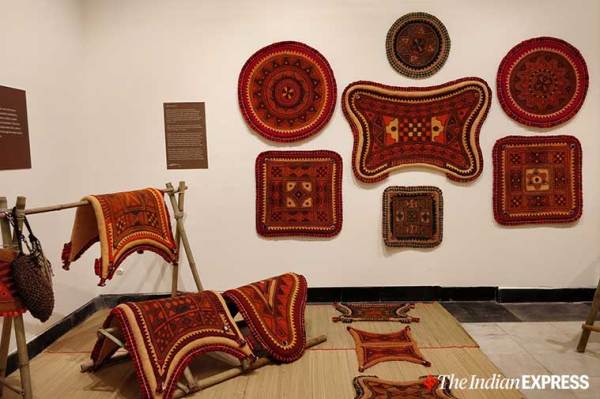 The artisans showcased products made from the indigenous wool of Kutch. (Express Photo)
The artisans showcased products made from the indigenous wool of Kutch. (Express Photo)
Mansuk Vankar, 22, who became a part of Kalori five years ago, was among the youngest in the room. Sharing his experience as a weaver he said, “There is so much scope in this field. From dyeing the wool to creating new products, there is so much creativity involved. Not only is it fun to make something new but also the feeling of being your own boss makes it worth it.”
Being from a weavers family, Vankar Murji Hamir, 47, was deeply inspired by his father, who often said that they should consider themselves fortunate to be from a community that makes fabric to cover the human race. After completing his senior secondary school, while Murji joined his family in weaving, there weren’t many around him doing the same. However, after almost 30 years of being in the field, Murji is seeing the involvement of the younger generation. “There is a lot of change in the community as well as a scope to grow. Youngsters are appreciating our traditions and coming back to it. It is not only about earning profits but also to conserve the craft.”
While Vinod Vankar, 27, was interested in studies, the nearest city from his village was 35kms away. However, as weaving was something which he could do from home, he decided to pursue it. Starting off at an early age, he feels his design sensibility broadened after his enrollment in the Handloom School in Mysore.
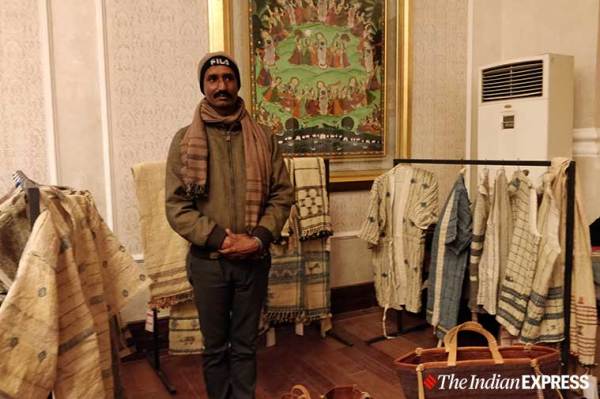 “Our complete village was involved in weaving.” (Express photo)
“Our complete village was involved in weaving.” (Express photo)
Though like Dinesh, his family was involved in the craft, it wasn’t something that Vinod was able to easily ace. “It is not always easy to learn. Simple weaving is not difficult. However, it takes time to learn the designs and patterns. I took a couple of years to understand the complete process.”
Talking about the involvement of youth, Vinod says, “Our complete village was involved in weaving. At one point, there were around 40-45 working looms. However, with time the numbers drastically dropped. There was hardly any innovation in the initial methods and people lost interest. But in the past 4-5 years, I have seen a change.”
According to Vinod, the shift is due to the lack of jobs available around the village. “Most suitable jobs, even for those who are educated, are far away. Moreover, with the recent involvement of NGOs and colleges, there is a boost in demand as well as new techniques and designs have been introduced.”
The involvement of younger weavers is not merely generating innovative designs but also increasing the longevity of a craft that had seen a downturn in the past.
More Lifestyle
Apr 19: Latest News
- 01
- 02
- 03
- 04
- 05























